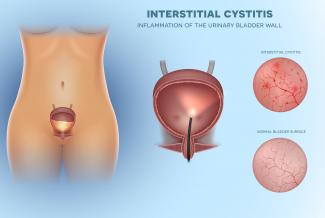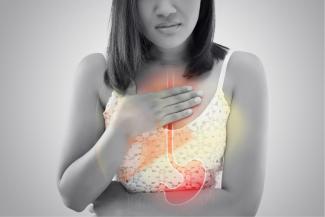News
- Laughter Yoga to Help Depression and IBS
04 Jan 21
- Anthocyanins’ Effect on Systemic and Vascular Inflammation
27 Dec 20
- Turmeric and Ginger - A Safe and Effective Option
15 Dec 20
- Saffron and Rheumatoid Arthritis
03 Dec 20
- Links between Gut Flora and Alzheimer's disease supported with research.
01 Dec 20
- Can Omega-3 benefit ARDS Patients?
24 Nov 20
- Can coffee and green tea lower overall risk of death in people with type 2 diabetes?
24 Nov 20
- Novel Gene Targets for COVID-19
17 Nov 20
- Reducing the risk of infection with vitamin D
17 Nov 20
- Elderberry Supplements
03 Nov 20
- Premenstrual Syndrome(PMS)
08 Oct 20
- Acupuncture as a Treatment for IBS
02 Oct 20
- Building Psychoneuroimmunity as a Preventative Strategy for COVID-19
24 Sep 20
- Probiotics to support immunotherapy in cancer
21 Sep 20
- Get protected with a duo shield of Vit. C and Quercetin
21 Sep 20











